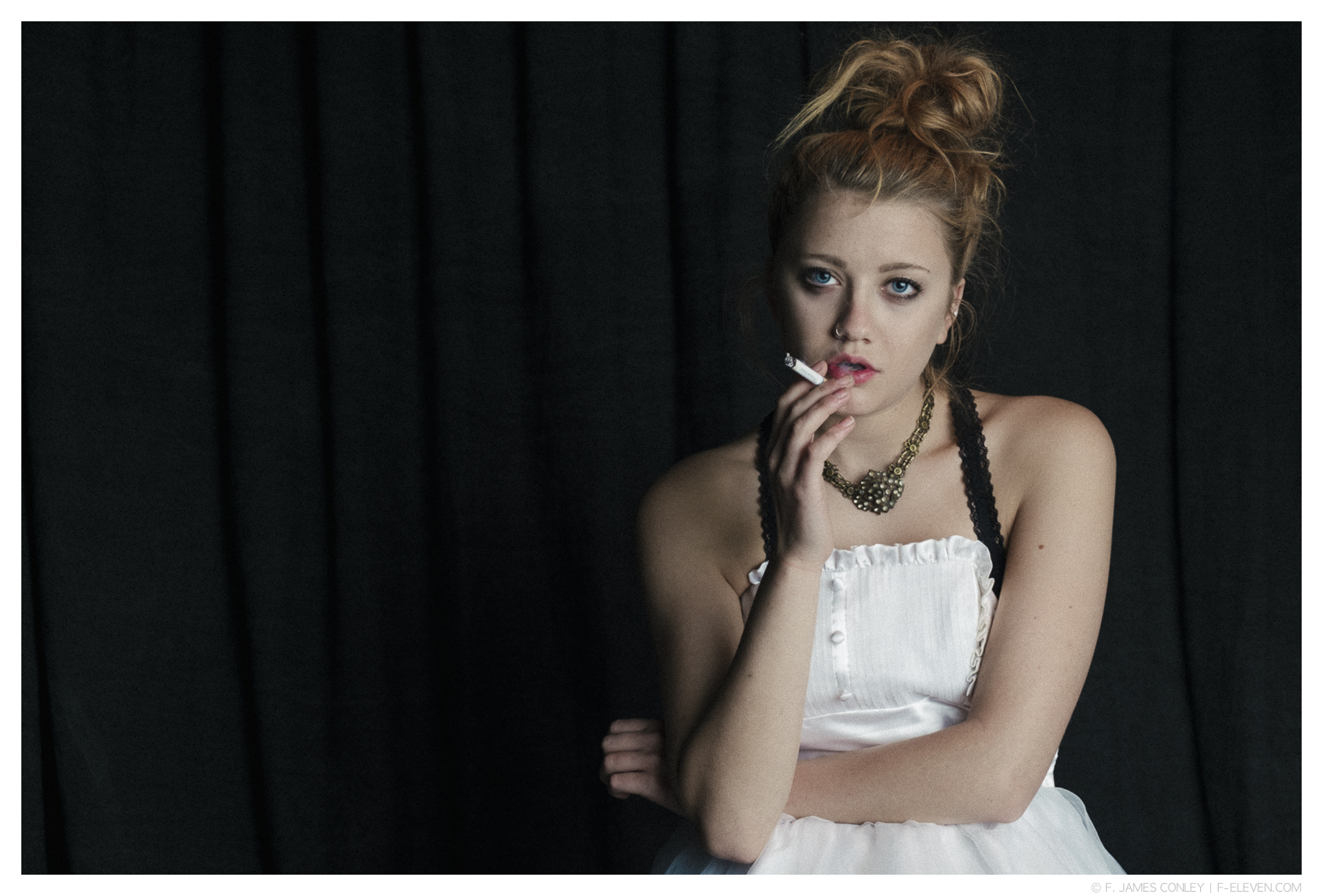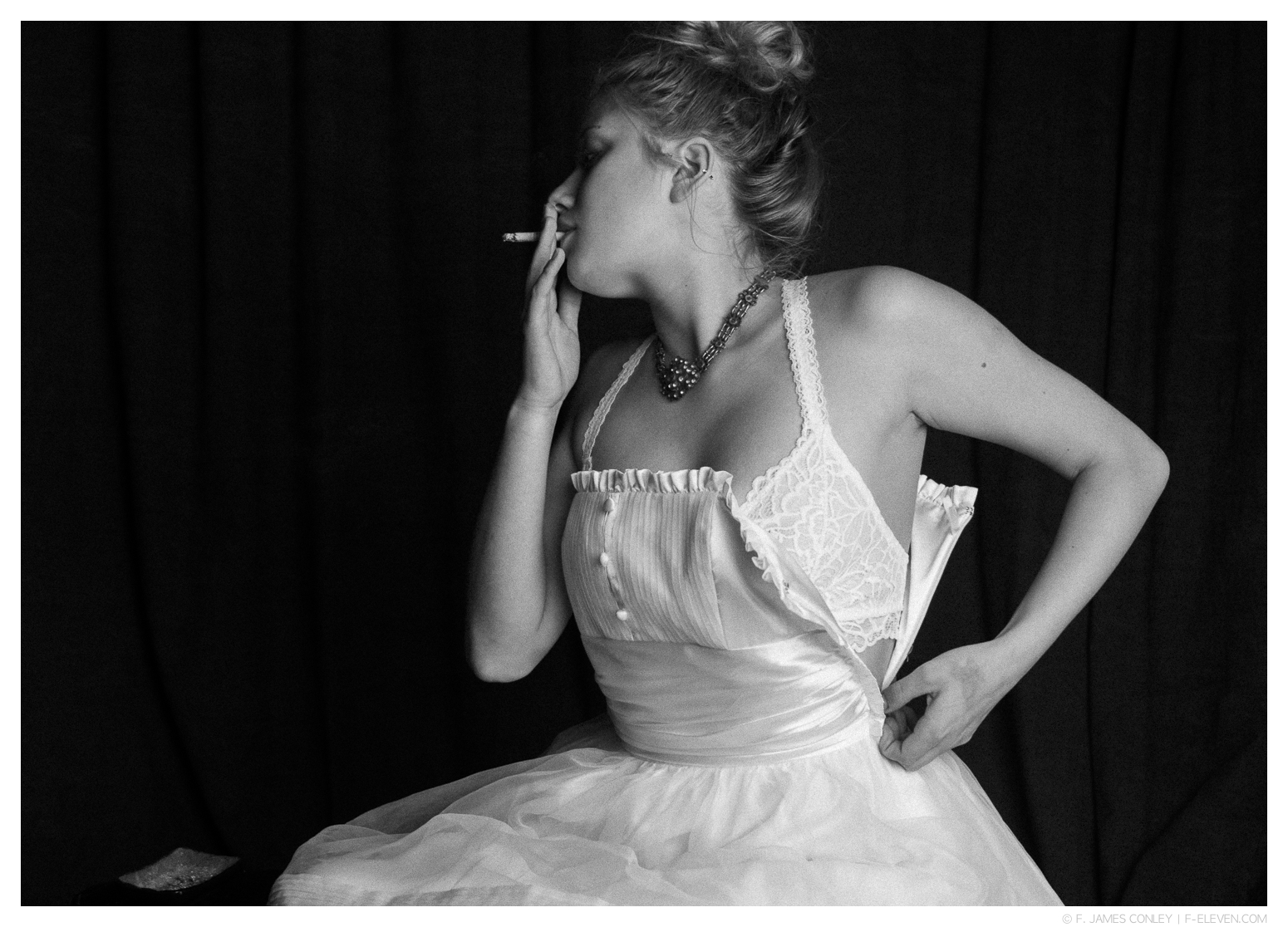Fuji X-T1 The best cowboy camera? – (Guest Post by Mike Anfield)
NEW GUEST POST FEATURE
Write Your Articles Directly On FujiRumors!
_ _ _
Guest Post by Mike Anfield – facebook.com/cowboyphotos / www.cowboyphotos.ca
On our community Facebook photography page new photographers are often asking the question, “What camera should I buy?” A deluge of replies usually follows extolling why Canon is better than Nikon or vice versus. Rarely does anyone ever ask , “what type of photography do you intend on doing?”
I think one would be hard pressed to buy a bad camera these days but clearly different makes or models are better suited for certain applications. I have been a Canon shooter for many years, primarily because when I started buying digital cameras their system was the best for bird and wildlife photography. I’m not sure they hold that advantage anymore but after you are heavily invested in lenses there seems little incentive to change.
A new photographic journey led me to having a pretty unique set of requirements for a camera. My family and I had moved from Vancouver to Kamloops in the interior of British Columbia Canada. This is an area of expansive grasslands most of the grasslands used for cattle ranching. Somewhat to my surprise I discovered that much of the work was still performed by cowboys on horseback. A chance encounter led to the taking of some photos of working cowboys; I was hooked and started getting to know some of the ranchers and photographing the cowboys as often as I could.
I was getting some good photos but I was pretty limited as to the activities and locations I could access. The only solution was to ride with the cowboys. It was a long progression taking a number of years but I now try to take most of my shots from horseback while working alongside the real cowboys.
This brings us back to our topic, is the Fuji XT-1 the best cowboy camera. One of the photo related businesses my wife and I operate includes camera and lens rentals so I had no shortage of options available to me. Nothing in our inventory was really working me while on horseback. I started researching the alternatives and, as size and weight was a major consideration, looking for the first time at mirrorless cameras. My requirements were:
- Image Quality – this is not a get rich quick scheme by any stretch but I do sell images and prints so I could not sacrifice image quality for some of my other requirements.
- Size and Weight – I am getting a little long in the tooth but still capable of carrying a full size body around, it is what happens to a larger camera when you are riding that is the problem. Sometimes we have to ride pretty hard in rough country; the bigger cameras were getting thrown around and smashing against the saddle at times.
- Dust and Weather Resistant – We occasionally get rained or snowed on here but this is a pretty dry climate, moisture is not a huge concern, dust is!
- Durability – I have been tossed off a horse (more than once) wearing my camera, roped a calf wearing the camera and generally treated it like no piece of photographic gear should ever be treated.
I’m not sure Fuji is going to find a huge market here but I have found the XT-1 to be just about the perfect cowboy camera. It has met all my requirements and continues (touch wood) to produce great images, even after all the abuse. In addition to all the banging and crashing I have been shooting in the branding and sorting pens where I have ended up with 6 or 7 millimeters of dust on my camera.
The image quality has really surprised me to the point that I use it, almost exclusively, for all my other photography. The exception being bird photography but I am excited about trying out the 100-400 as my 400 2.8 is really heavy and I have never come up with a suitable response to the inevitable, “boy that is a big lens!”
One of the other big plusses for me was the 18-135 lens. Carrying extra lenses and changing lenses just isn’t a viable option while working cattle on horseback. The 18-135 covers most of the focal lengths I require, performs extremely well and is a WR lens. It is a little slow for some of our, before sunrise starts, but I wouldn’t want the extra weight and size of a faster lens of this range.
My kit when riding includes the XT-1 with 18-135 and that is it. I seem to get just enough battery life to last most rides. The camera resides in a small binocular case strapped to my chest. The bag has a magnetic closure at the top and safety straps that attach to the camera. It just fits the XT-1 ,18-135 combo with the lens shade on.
There are a few small issues; the well documented flimsy card door is annoying and the diopter adjustment does not stay where I set it but overall I have been very pleased with the performance and the results I have been getting.
More of my work can be seen at https://www.facebook.com/cowboyphotos/ or www.cowboyphotos.ca




